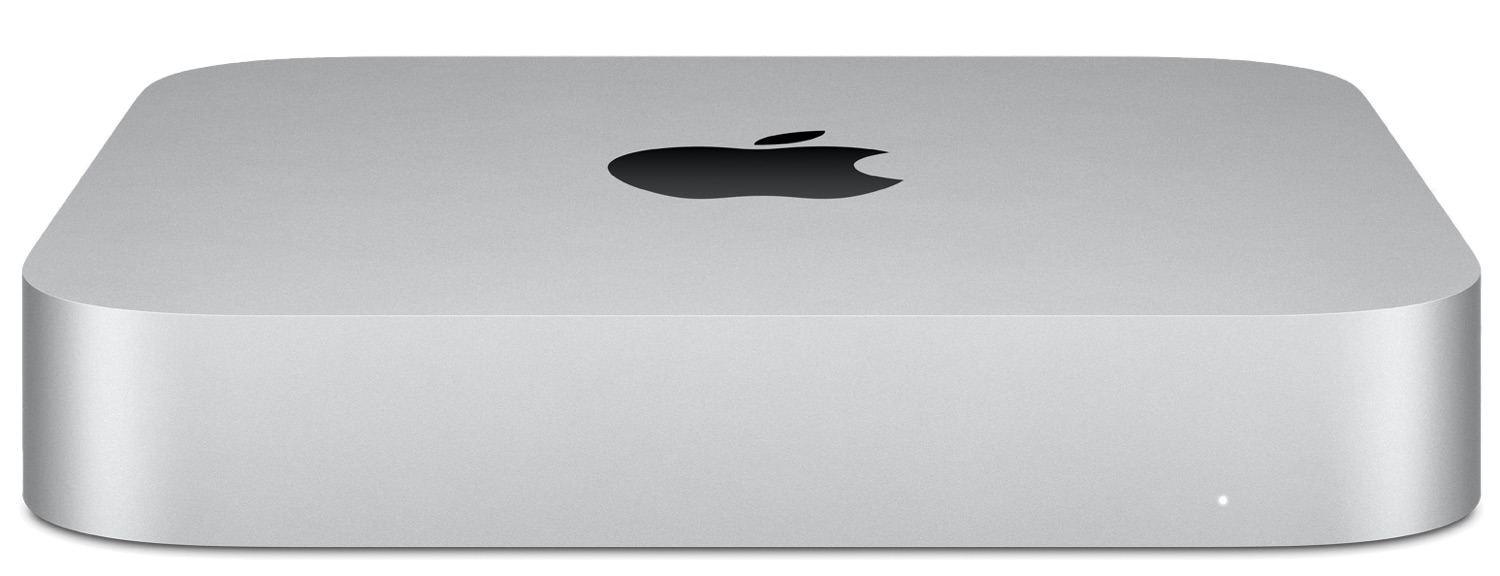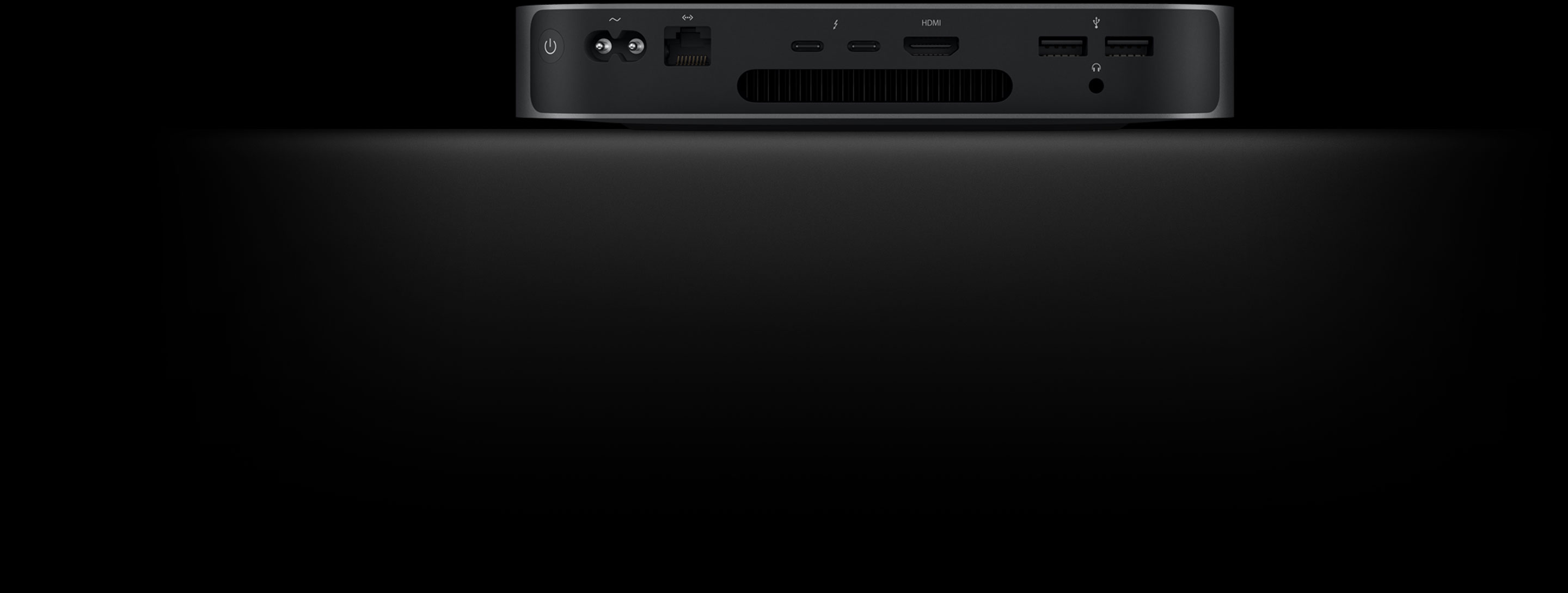

Keeping in mind that these are the lowest-powered Mac models, it’s likely that future models will offer more RAM options.īut it’s also worth considering just how squishy the need for more memory can be when you poke at it. One of the biggest criticisms I’ve seen about this first round of M1 Macs has been that they just don’t offer enough memory, maxing out at 16GB. These new Macs are far more like smartphones than like traditional PCs. Compare that with the smartphone, where Apple has continued to integrate more portions of the system into its single processor package in order to increase efficiency.

Even though the Mac never participated in the build-a-PC ethos, the parts Apple used to assemble Macs came from that industry.
Mac mini memory type Pc#
The tradition in personal computers was that everything was modular, an outgrowth of the early PC era. These new Macs are, in their way, kind of alien. On other systems, the data has to be copied from one portion of memory to another-but on the M1, it’s just instantly accessible. Even better, because all the aspects of the processor can access all of the system memory, there’s no performance hit when the graphics cores need to access something that was previously being accessed by a processor core.

If it needs more memory for the Neural Engine, likewise. If the system needs more memory for graphics, it can allocate that. The M1 processor’s memory is a single pool that’s accessible by any portion of the processor. There have been many other Macs with soldered-on memory that couldn’t be upgraded, but this is a little different, since the memory is basically part of the M1 package itself. What this means is that when you buy an M1-based Mac and choose a memory configuration, that’s it. Instead, the memory is integrated into the same package that contains the M1 itself. There’s no memory slot or slots on the motherboard of an M1 Mac, nor is there an area where a memory chip has been permanently soldered on. The biggest difference is that in the M1, the memory is a part of the M1 architecture itself. (And also, in the M1’s case, the cores that make up the Neural Engine.) But in shifting its terminology to describe a unified memory architecture, Apple’s trying to point out that the M1’s approach is a bit different. Like Intel chips with integrated graphics, the M1 chip includes a graphics processor, and system memory is shared by both processor cores and graphics cores. Welcome to the world of the Unified Memory Architecture.


 0 kommentar(er)
0 kommentar(er)
